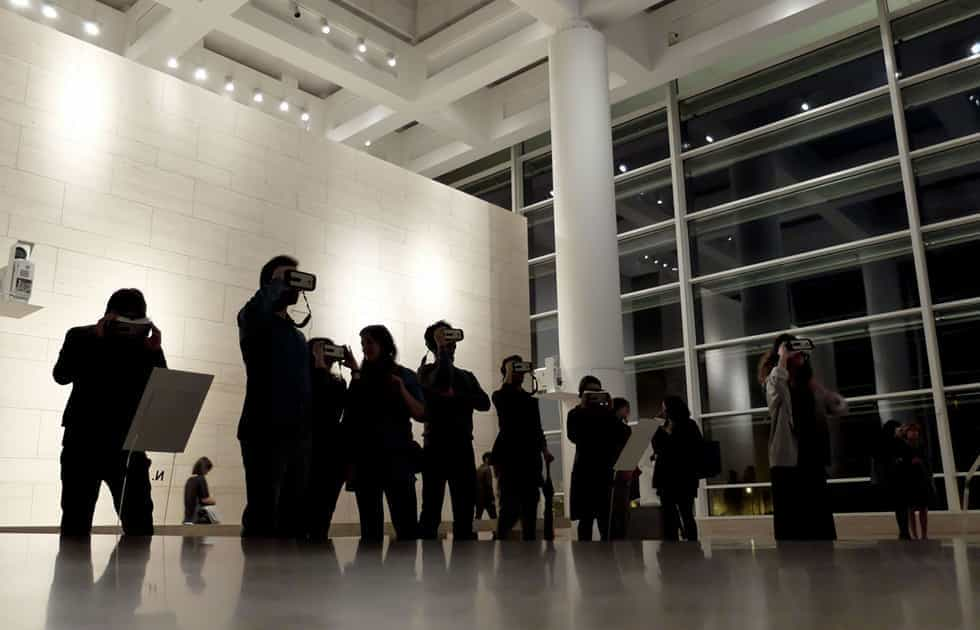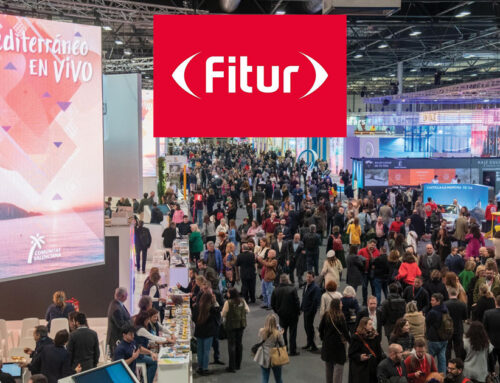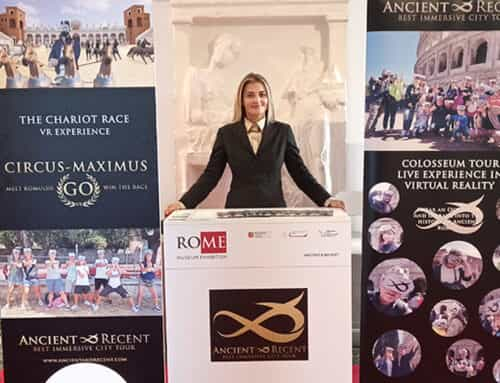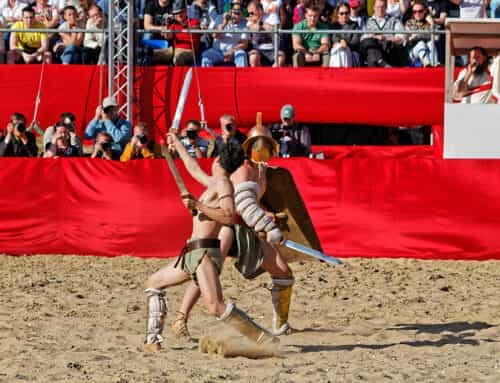Ara Pacis Virtual Reality Experience
I have often said that I think Roman art needs explanation. Good renders and videos would help many visitors through ancient archaeological sites. It takes so much imagination to imagine what the buildings would have been like. The Ara Pacis is already rebuilt. It’s located inside a museum that offers a video guide, so it’s a little easier to understand. But a new Virtual Reality experience of the Ara Pacis (Ara Com’Era) seeks to improve understanding of the monument. Extraordinary evening openings and limited numbers make this Roman evening fun and educational.
The Augmented Reality (AR) experience works with the Samsung GearVR headset. This is equipped with Samsung S7 smartphone. Looking through the visor, which has two lenses and a focus wheel, the user sees through the phone’s camera. This is able to recognize the three-dimensional elements by superimposing the digital content. The unit sits on your face and separate headphones. This is the first time I’ve looked at GearVR and found the resolution rather too low to feel like “virtual reality“. Even moving with the headset made me dizzy, even though it might just be me!
Visitors look at a sign for each point of interest. These are nine and each activates a story. It starts with 2 models showing Campo Marzio and the Ara Pacis. The project is based on both literature and sculptural evidence.
Virtual Reality Experience
Moving on to the sculptural work itself, there are six points where we observe the sculptures enhanced by color. The color animation of the plant decorations is particularly beautiful. This narrated in sections of a few minutes each not too long.
The VR visits scheduled on Friday and Saturday evenings, from 20:00 to midnight, last approximately 45 minutes. Admission is allowed for small groups. In addition, the atmosphere hushed and reserved. This is a magical and exclusive experience that I recommend. It was the first time I had visited the monument since its move to the new structure. This designed by Richard Meier and inaugurated in 2006.
As for VR, I found the content really useful. But I think technology still has some time to catch up. I expect retina quality screens to make a big difference. However compliments go to the city museums of Rome for being the first in Rome to implement this technology in the museum.





Leave A Comment
You must be logged in to post a comment.